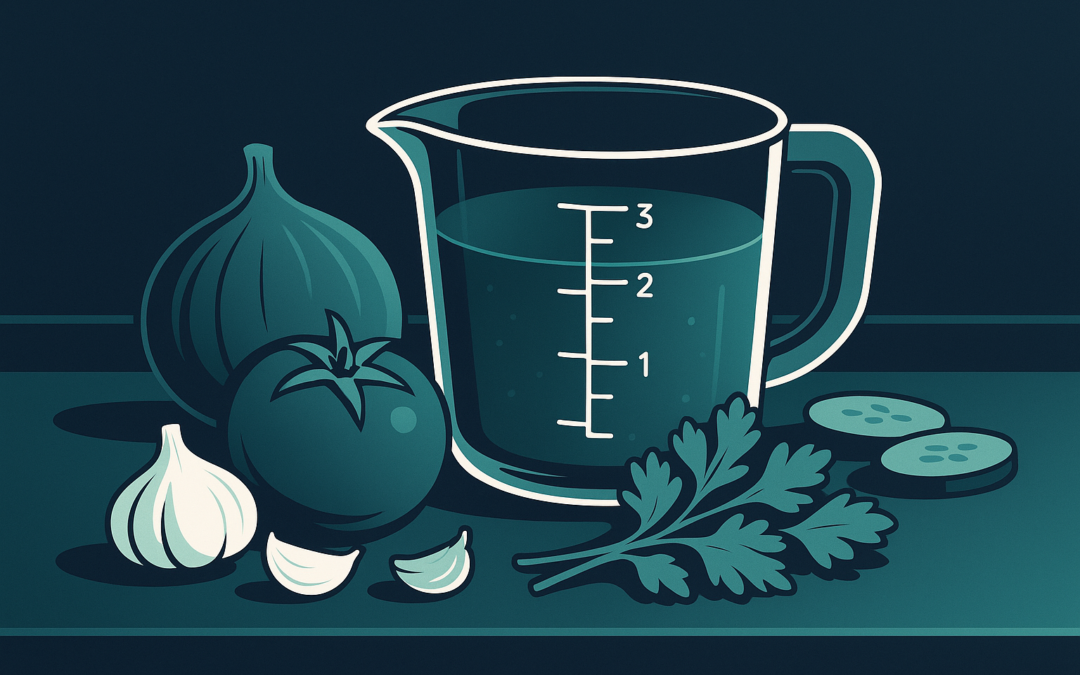Why the Humble Glass Measuring Cup Deserves a Place in Every Kitchen
Kitchen tools rarely inspire passion. Most are functional, anonymous, and—let’s be honest—forgettable. Yet, when a product survives decades of culinary evolution without a hint of obsolescence, it’s worth asking: why? The glass measuring cup is one such artifact. Despite countless reimaginings of home cooking—from sous vide gadgets to app-connected air fryers—this essential vessel has remained a quiet constant.
The Enduring Appeal of Glass
There’s a reason glass measuring cups have outlasted their plastic and metal counterparts. Glass, in the context of kitchenware, is more than just a material choice. It’s a decision rooted in trust. Unlike plastic, glass doesn’t stain. It doesn’t absorb odors. It stands up to heat and cold, moving seamlessly from microwave to freezer, with no risk of warping or leaching chemicals into your food.
Transparency isn’t just a literal trait here—it’s a feature. The ability to see exactly how much liquid you’ve poured, from every angle, means your measurements are precise. That’s especially useful when you’re trying to perfect a sauce or bake a loaf of bread where ratios matter. The classic red measurement markings? They’re not just for show. They’re designed for legibility, resisting the wear and tear that renders other tools unreadable after a few dishwasher cycles.
Functionality Over Flash
To understand the value of the glass measuring cup, it helps to consider what it isn’t. It’s not an all-in-one, Bluetooth-enabled, voice-activated gadget. It doesn’t promise to do everything, because “everything” is rarely what you need. Instead, it offers reliability. One cup, two cups, or even four—these are the units the world’s recipes are written in, and these are the units that a glass measuring cup delivers, with no batteries or firmware updates required.
The handle and spout are ergonomically considered, but not ostentatious. They make pouring easier, not Instagram-worthy. Even the weight of the glass has a calming effect: there’s substance here, a sense of permanence that’s missing from disposable culture.
Why Not Plastic or Metal?
Every kitchen has its quirks, and not everyone swears by glass. But there are reasons why professional and home cooks alike keep returning to it. Plastic can cloud, scratch, and retain the ghosts of recipes past—garlic, tomato, even dish soap. Metals, while durable, are opaque and often incompatible with microwaves. Each alternative asks for trade-offs, some of which aren’t obvious until you’ve ruined a batch of caramel in a warped cup or scorched your hand on a too-hot handle.
The Ritual of Measurement
Cooking is as much about ritual as it is about results. There’s a certain satisfaction in watching liquid rise to meet the etched line, in knowing that—just this once—you didn’t have to double-check your math. The glass measuring cup, in this way, becomes more than a vessel. It’s a quiet partner in the everyday act of making something from nothing.
Recommendations for the Modern Home Cook
- Choose quality over novelty: Invest in a well-made glass measuring cup from a reputable brand. Look for clear, permanent markings and sturdy construction.
- Consider capacity: A 2-cup or 4-cup size covers most baking and cooking needs, but smaller 1-cup versions are perfect for precision tasks.
- Care for it properly: Avoid rapid temperature changes to prevent cracking, and wash by hand when possible to preserve the markings.
- Don’t relegate it to liquids: Use your glass measuring cup for melting butter, prepping vinaigrettes, or even as a makeshift mixing bowl for small batches.
In a kitchen full of fleeting trends, the glass measuring cup endures by doing one thing exceptionally well. Sometimes, the simplest tools are the ones that shape our routines—and our recipes—for years to come.
Checkout ProductScope AI’s Studio (and get 200 free studio credits)

